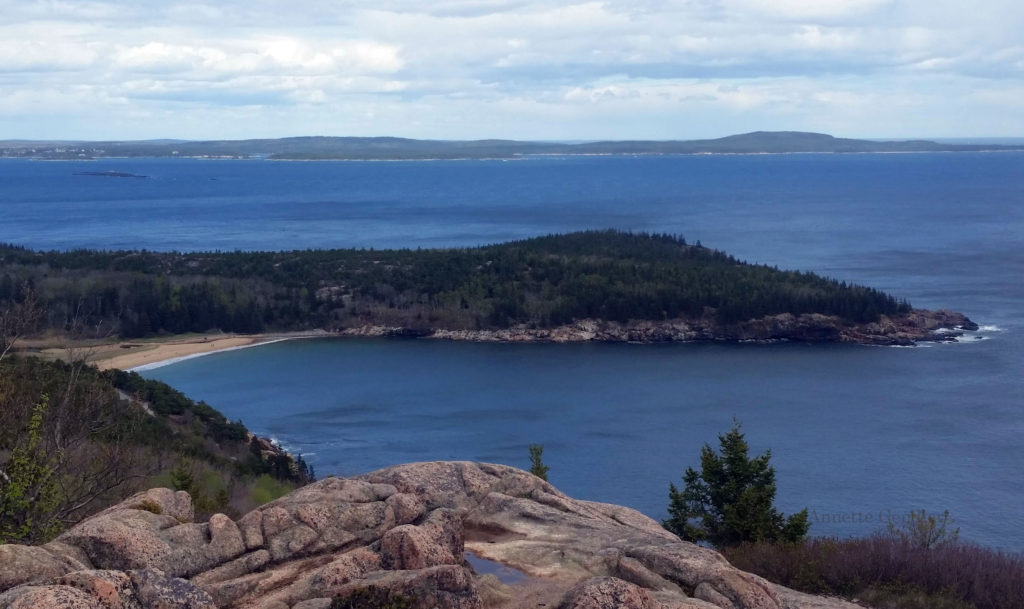
Before we left on our recent trip to Acadia National Park, an acquaintance recommended I read Evangeline – A Tale of Acadie. When I looked puzzled at that suggestion, she insisted, “Read it! It’s the story of that place.”
Indeed it is.
Epic poems are not exactly typical contemporary reading material.
I ended up listening to the audiobook, the perfect medium for a poem. I was also happy to finally read something else by Henry Wadsworth Longfellow. Up until now I was only familiar with Paul Revere’s Ride.
Evangeline tells the story of the expulsion of the Acadians (French Catholic settlers) between 1755 and 1764 by the English from the Canadian Maritime provinces and the area that is now northeast Maine. Also called the Great Upheaval, the majority of them were forced to move as far as the French province area of Louisiana.
Busily plied the freighted boats; and in the confusion
from Evangeline – A Tale of Acadie by Henry Wadsworth Longfellow
Wives were torn from their husbands, and mothers, too late, saw their children
Left on the land, extending their arms, with wildest entreaties.
So unto separate ships were Basil and Gabriel carried,
While in despair on the shore Evangeline stood with her father.
I am partial to stories of expulsions as my grandparents and father were deported from Czechoslovakia after World War II, when millions of Germans were expelled from Eastern Europe. (As captured in The Flying Dutchman, an excerpt from Jumping Over Shadows.)
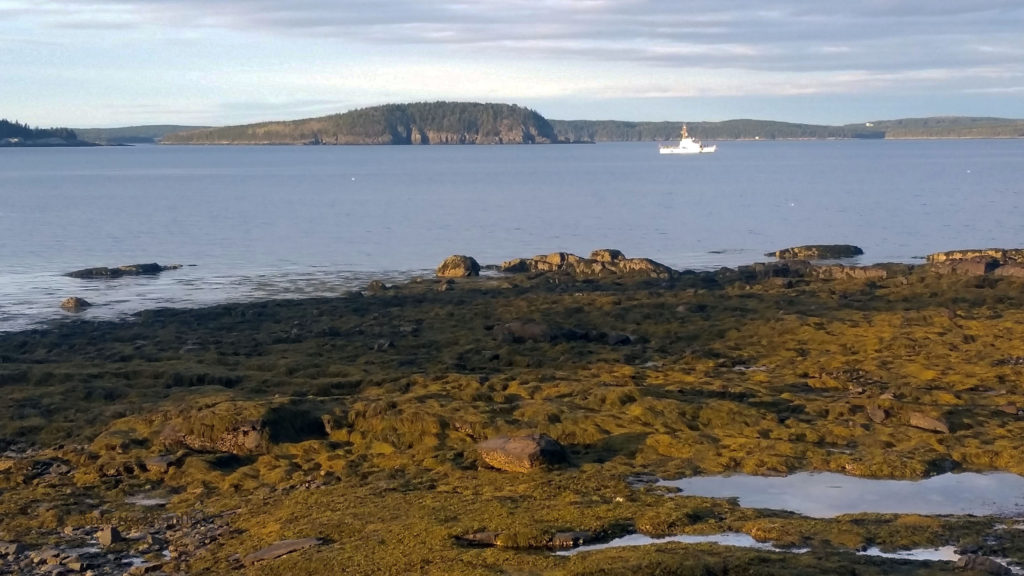
Half the task was not done when the sun went down, and the twilight
from Evangeline – A Tale of Acadie by Henry Wadsworth Longfellow
Deepened and darkened around; and in haste the refluent ocean
Fled away from the shore, and left the line of the sand-beach
Covered with waifs of the tide, with kelp and the slippery sea-weed.
As I read on, however, I find that Evangeline tells more than the story of the Acadians.
It becomes an epic poem about America, as it moves through this enormous land, describing how Evangeline searches for her lost love Gabriel. Here’s one description of the prairies she and her companions find along the Mississippi River:
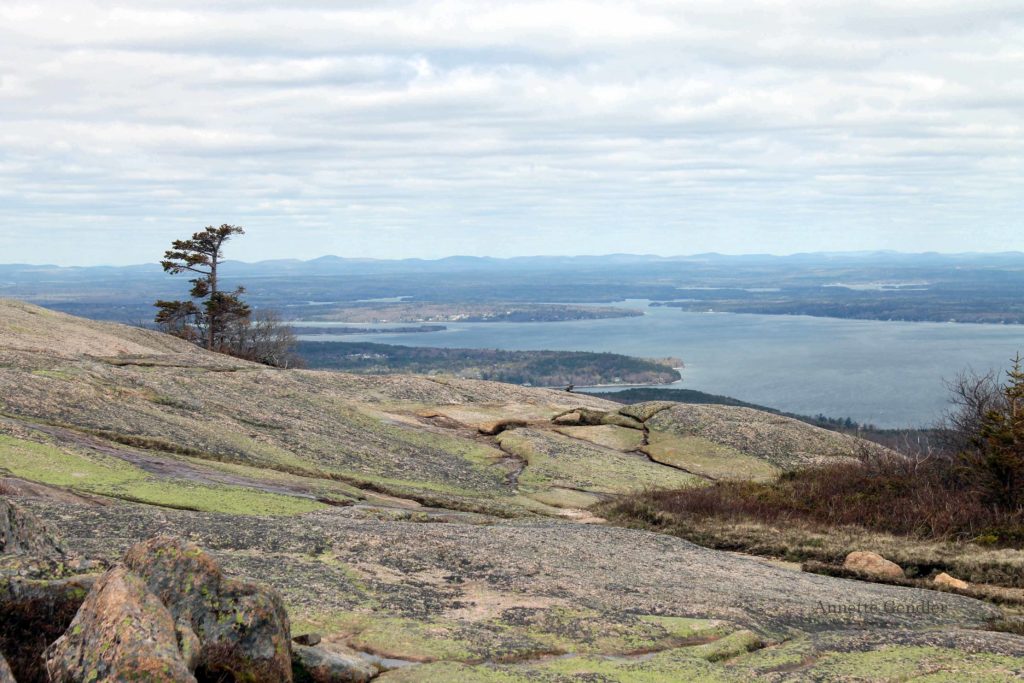
Here no stony ground provokes the wrath of the farmer.
from Evangeline – A Tale of Acadie by Henry Wadsworth Longfellow
Smoothly the ploughshare runs through the soil, as a keel through the water.
All the year round the orange-groves are in blossom; and grass grows
More in a single night than a whole Canadian summer.
Here, too, numberless herds run wild and unclaimed in the prairies;
Here, too, lands may be had for the asking, and forests of timber
With a few blows of the axe are hewn and framed into houses.
After your houses are built, and your fields are yellow with harvests,
No King George of England shall drive you away from your homesteads,
Burning your dwellings and barns, and stealing your farms and your cattle.’
Evangeline ties together the idiosyncrasies of two locations I traveled to within the last year: New Orleans and Acadia National Park.
Which of course makes sense as these are locations of French Canadian heritage.
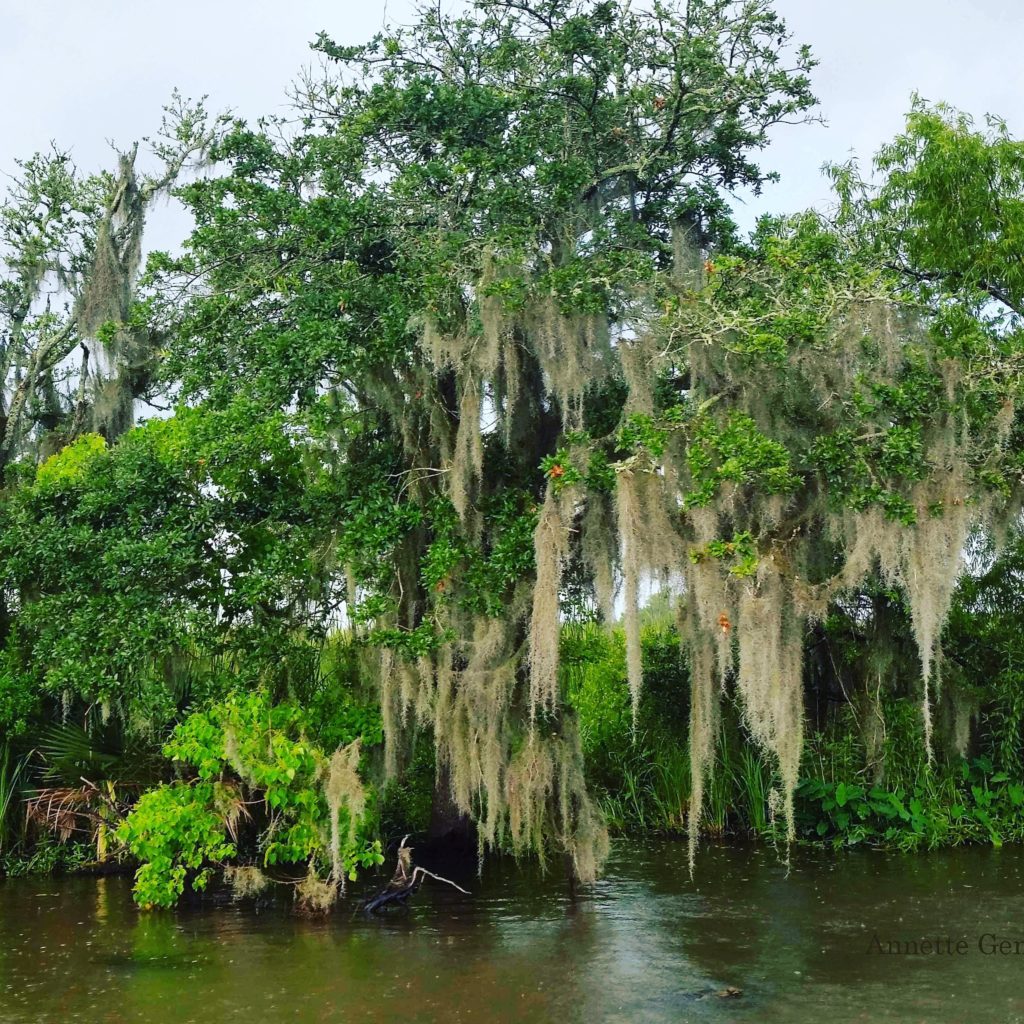
Soundless above them the banners of moss just stirred to the music.
from Evangeline – A Tale of Acadie by Henry Wadsworth Longfellow
Multitudinous echoes awoke and died in the distance,
Over the watery floor, and beneath the reverberant branches;
But not a voice replied; no answer came from the darkness;
And, when the echoes had ceased, like a sense of pain was the silence.
And so this blog post, meant initially to share some of my photos from Acadia National Park, underscored with quotes from Longfellow, ends up bringing together impressions from more than one American trip. This seems so fitting as I am assembling this post on July 4th, while my family sets up for the customary BBQ and fireworks.
As I type on, I remember that my husband and I visited Paul Revere’s House when we were in Boston this past October. So there’s another tangent that fits, another bit of colonial history!
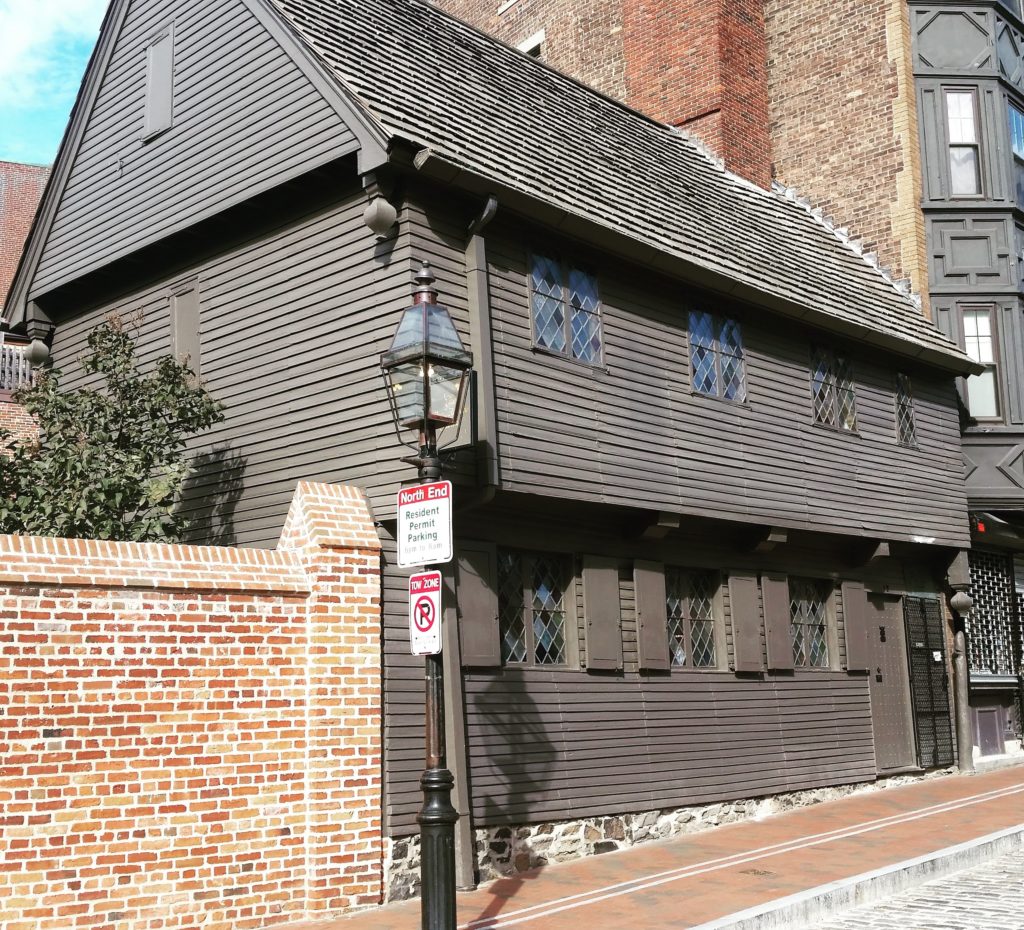
So here you go, this post has truly morphed into a mosaic of Americana, not of the jolly Stars and Stripes variety, but rather of the stark and sometimes spooky beauty of our natural spaces, all brought together by a tale of one of the darker chapters this continent’s history.

It’s a story that weaves through both countries.
Beautiful shots!
Indeed it does, thanks!